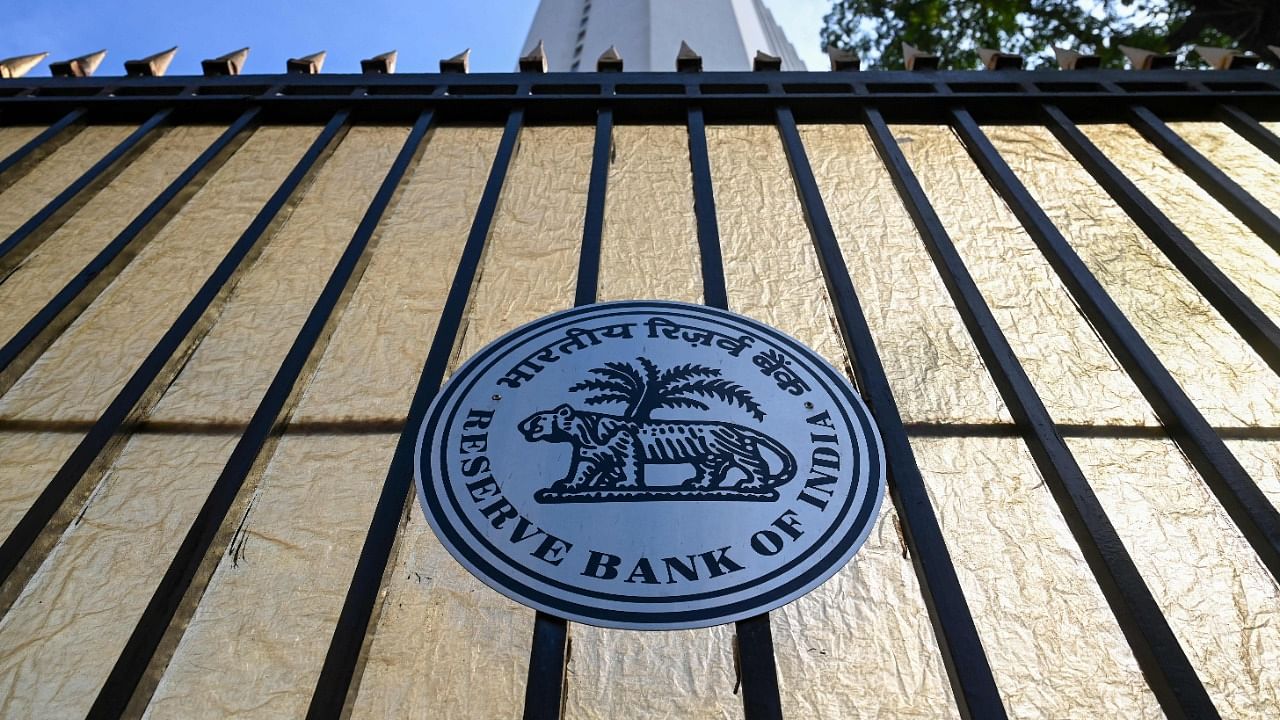
The RBI logo
Credit: Reuters file photo
Mumbai: The Reserve Ban of India's (RBI) recent curbs on foreign investors buying longer-duration government bonds have made no dent in their appetite for such paper and instead, their overall purchases have risen 21 per cent on-month since the restrictions.
At the end of July, the RBI said all fresh issuances of 14-year and 30-year bonds would no longer be eligible for purchases by foreign investors under the Fully Accessible Route (FAR).
This was expected to create "uncertainty" among foreign investors, said Chandresh Jain, Asia rate and FX strategist, global markets at BNP Paribas.
"But foreign inflow into bonds is still continuing which shows no big macro view change from those investors."
They net bought bonds under FAR worth 207.4 billion rupees ($2.47 billion) in one month to Aug 29, compared with 171 billion rupees in the previous one-month period.
Surprisingly, purchases of 10-year-plus bonds stayed around 44 billion rupees in July and August, indicating the worries were overblown, analysts said.
"We continue to hold a positive view towards overall INR bonds as fundamental factors are still quite robust ... (and) are generally more bullish on the 10-year part versus the longer-end," said Yifei Ding, a portfolio manager at Invesco.
"After an initial hiccup from clients, inflows have continued into other liquid papers as we are heading into the rate-easing cycle," a senior trader with a foreign bank said, requesting anonymity.
Overall, foreign buying of FAR bonds has crossed $15 billion since last September when JPMorgan said it would include Indian debt in its emerging market index.
Of that, $4.5 billion, nearly a third, has come after the inclusion on June 28. And about 25 per cent of that has been into the benchmark 2034 bond, which remains the most favoured security.
Bank of America anticipates another $15 billion of flows by March when India's weightage in the index reaches 10 per cent, from 3 per cent at end-August.
BNP Paribas will continue to pitch long positions, said Jain, as India's low core inflation, high real rates, improving fiscal deficit and stable foreign exchange favour bonds.